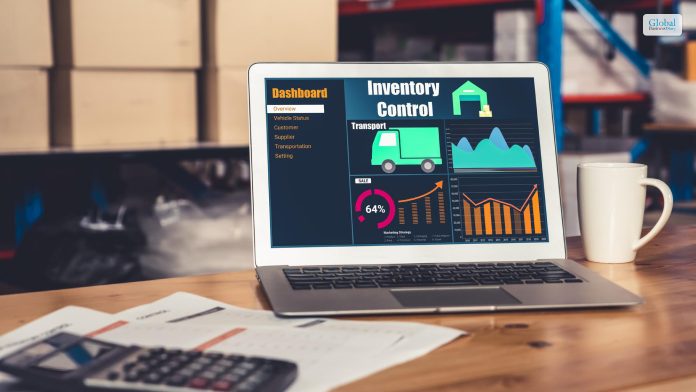Tips For Designing A Unique Business Card

In today’s digital age, where much of our communication is done virtually, the significance of a well-designed business card may often be overlooked.
However, the truth is that a well-crafted business card can still have a powerful impact on how you are perceived in the business world. It serves as a physical representation of you and your brand that can set you apart from the crowd and make a lasting impression.
In this article, we will explore the importance of designing unique business cards.
Key Elements to Consider for Business Card Design
Certain key elements should not be overlooked when designing a business card. These compose the foundation upon which creative variations can be applied. Your name and company name should stand prominent on the card. It also needs to clearly display your job title and contact details, including phone number, email address, and website, if available.
Branding elements such as a logo and color scheme consistent with your company’s identity also hold a significant place. These help reinforce your brand’s image and help you gain better recognition. Lastly, the quality of paper used also sends out a signal about your business standards. Hence, one must not compromise on this front.
Ensuring Your Business Card Stands Out
Uniqueness catches the eye, and the same stands true for business cards. Thus, one must strive to design a distinctive business card that stands out in the crowd of sameness.
If you’re looking for a way to make your business card stand out from the rest, consider opting for a design that incorporates foil. Business cards with foil can instantly take it to the next level and give it a touch of elegance and sophistication. The use of foil can elevate the overall look of your design, making it more visually appealing and memorable.
Another easy way to elevate your business card is by using creative layouts or unusual geometric shapes beyond the traditional rectangular format. This adds an unconventional touch to your card.
The use of impactful visuals can also add a striking feature to your card. If your business allows, you can utilize the backside of the card for printing these. Infusing some aesthetics along with vital information can indeed make your card memorable.
Moreover, using premium enhancements like embossing or UV coating can add an exclusive touch and make your card irresistibly tactile, particularly distinguishing it from standard business cards.
Avoiding Common Pitfalls in Business Card Design
While striving for uniqueness is important, one must avoid some common pitfalls at the same time. Simplicity is the key. Cramming up too much information or going overboard with graphics can backfire by making your card look jumbled and unprofessional.
Also, it’s essential to pick a readable font and ensure that color contrast does not affect visibility. Just like business presentation fonts, it’s also critical to ensure readability. A card is of no use if the receiver cannot decipher the details written on it.
Another pitfall lies in the material quality. Sometimes, in an attempt to cut costs, businesses compromise on the card quality, which affects their brand’s image. It’s advisable to invest in a sturdy card that withstands wear and tear.
Lastly, one must also be mindful of cultural considerations when dealing across countries. For instance, in some cultures, a double-sided print could cause confusion.
Overall, while the design of a business card might seem like a minor element in a vast professional landscape, it is a powerful tool in your networking arsenal. Not only can your business card provide contact information, but it can also direct customers to social networks and websites where you can interact with them further. You can design a business card that leaves a lasting impression by embracing creativity and uniqueness and avoiding common pitfalls. So, get started and make your mark!
Read Also:













